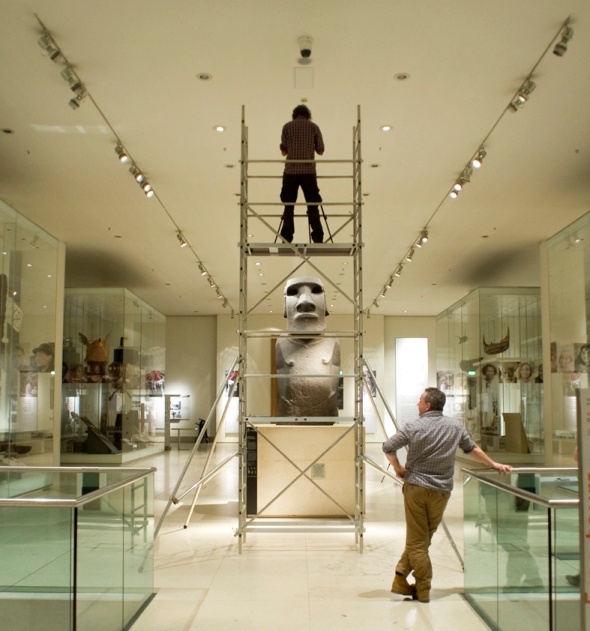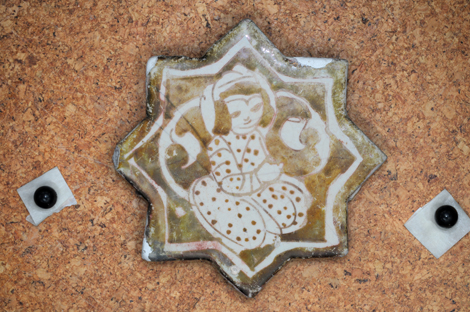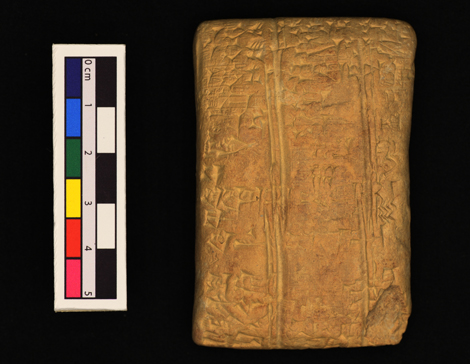
Night in the British Museum’s Wellcome Gallery
Me, Graeme Earl, James Miles from ACRG and Mike Pitts started a mini project in British Museum
to record and analyse the carving of Easter Island statue, Hoa Hakananai, in very hight detail. We are using two photographic techniques: reflectance transformation imaging and photogrammetry.
Continue reading →



